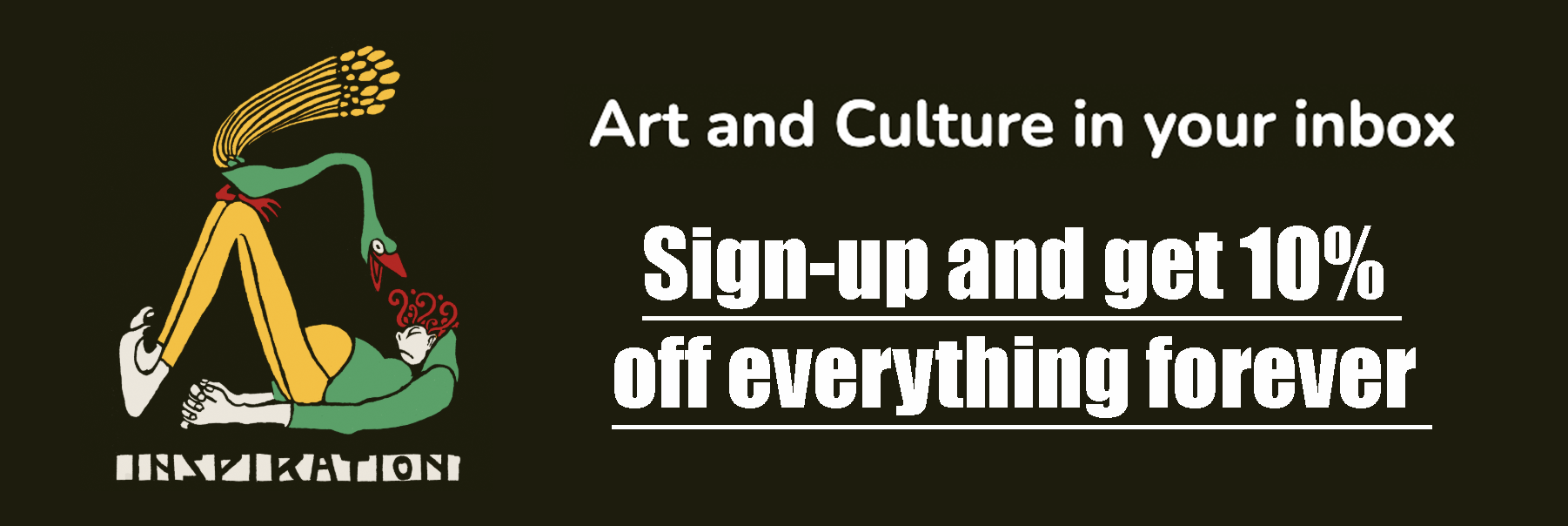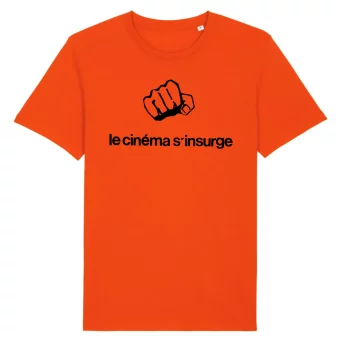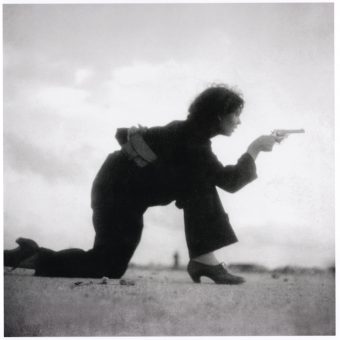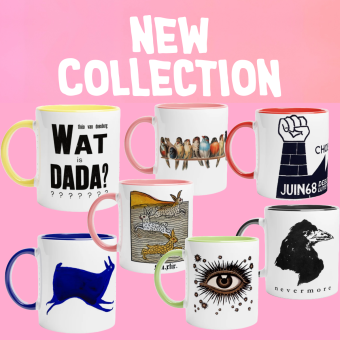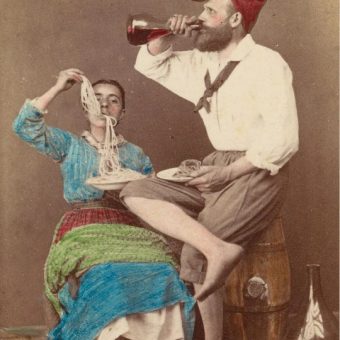“I had been using the Ramble for my own private cruising grounds in a way over the years. One day I just thought it would make an interesting little sociological study on its own. I brought the camera, and some of the photographs of people just walking around were taken a little surreptitiously. But quite often, I’d go up to people and ask them if I could photograph them.”
– Arthur Tress, The Ramble, Central Park, NYC
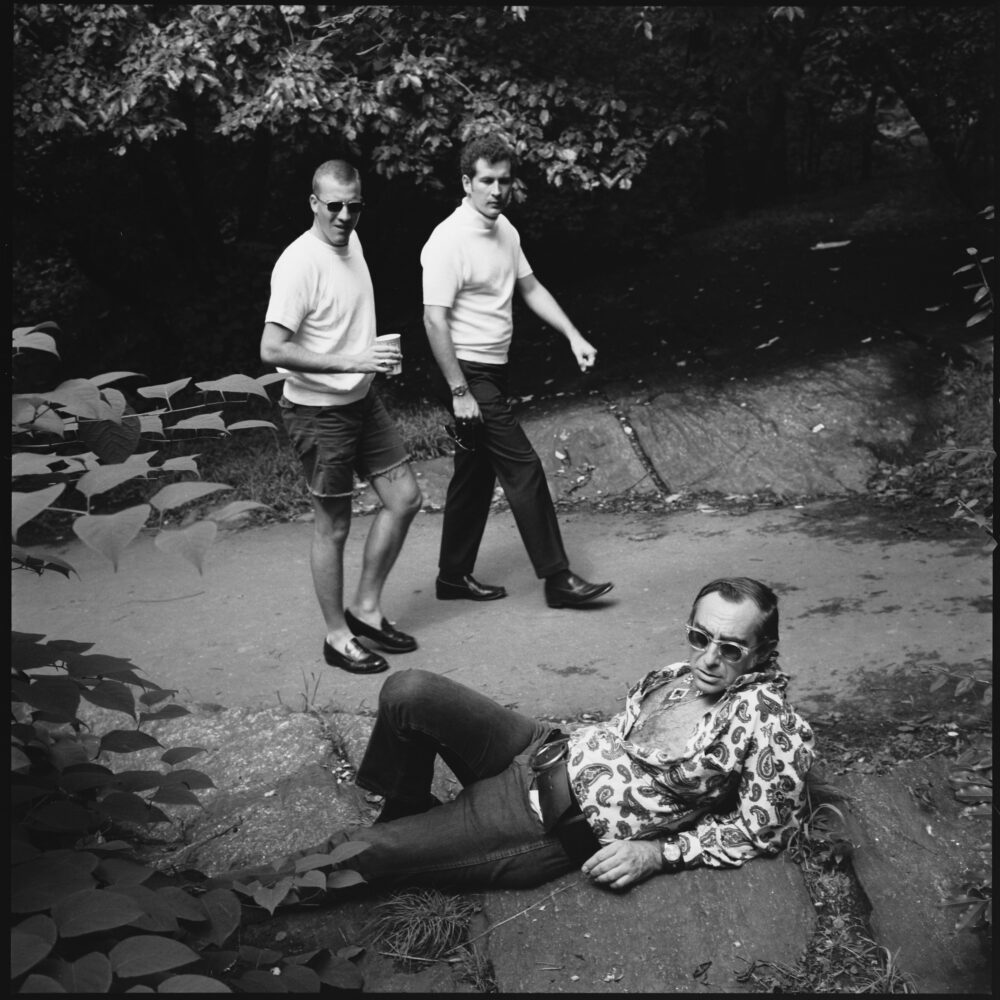
In 1969, native New Yorker Arthur Tress began taking his camera with him on walks through The Ramble, a corner of Central Park that had become New York’s best-known outdoor meeting place for gay men.
Designed as a picturesque woodland in the nineteenth century, its 36 acres were designed to look like the forests of upstate New York and include twisting paths and trails, rustic bridges, a meandering stream, dramatic rock outcroppings, and dense plantings.
By the late 1960s it had grown wild, a hidden, half-forgotten place of chance encounters in the middle of the city.
For a little over a year, Tress returned again and again, recording the everyday choreography of cruising and creating what is now recognised as the earliest known photographic record of outdoor cruising in a natural setting.
His images show the flow of men through the Ramble, some caught from a distance, others posed or gently staged in small scenes. He saw these photographs not just as documentation but as a kind of queer still life, part allegory, part dream.
Long unseen, The Ramble is now considered a vital piece of New York’s queer history, part ethnography, part fantasy. More than fifty years later, it stands alongside a new generation of queer landscape projects that share its quiet focus on how bodies, longing, and hidden places shape each other.
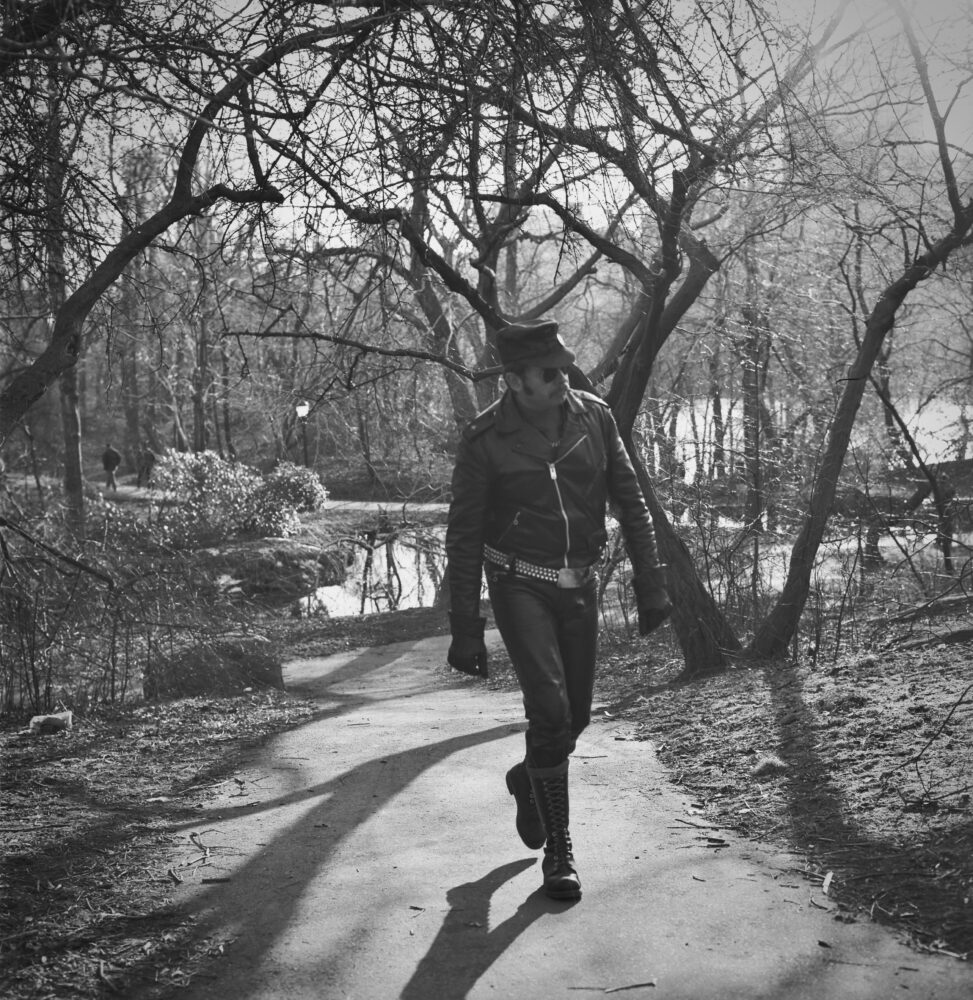

Born in Brooklyn, New York, Tress began his career as a documentary photographer in the late 1960’s, focusing his lens on the people of New York and the Appalachian region of the eastern United States. Initially concerned with such societal issues as poverty, pollution, and lack of open space for urban recreation, by the mid-1970s he began channeling his creative energy into more personal artistic projects that reflected his imagination, dreams, and his own queer identity.


“I call it a sort of “poetic documentary.” I took as the theme the late-winter light, with the bare trees creating a kind of labyrinth of synapses. I felt somehow it was an appropriate leitmotif for the series, so the images had all these kinds of film noir shadow areas in them.”
– Arthur Tress in Interview


“I was brought up Jewish, so even when I would be cruising in The Ramble, that probably was why I was never successful. My first question is, “What do you want to do?” [Laughs] But also, “What do you do? Are you a doctor or a lawyer? Can I bring you home to see my mother?”
– Arthur Tress

“When you’re doing photography, there’s a lot of waiting around for the moment, like one of those white egrets standing in a pond, waiting to get the fish.”
– Arthur Tress

“The sun, the strolling, even the solitude, and the natural beauty of the park’s most bucolic copse—more than the opportunity for a casual sexual encounter in the bushes—are the magnets that for much of this century have made the Ramble the city’s best-known outdoor gathering place for gays.”
– Doug Ireland, New York in 1978


Buy The Ramble by Arthur Tress here.
Would you like to support Flashbak?
Please consider making a donation to our site. We don't want to rely on ads to bring you the best of visual culture. You can also support us by signing up to our Mailing List. And you can also follow us on Facebook, Instagram and Twitter. For great art and culture delivered to your door, visit our shop.

